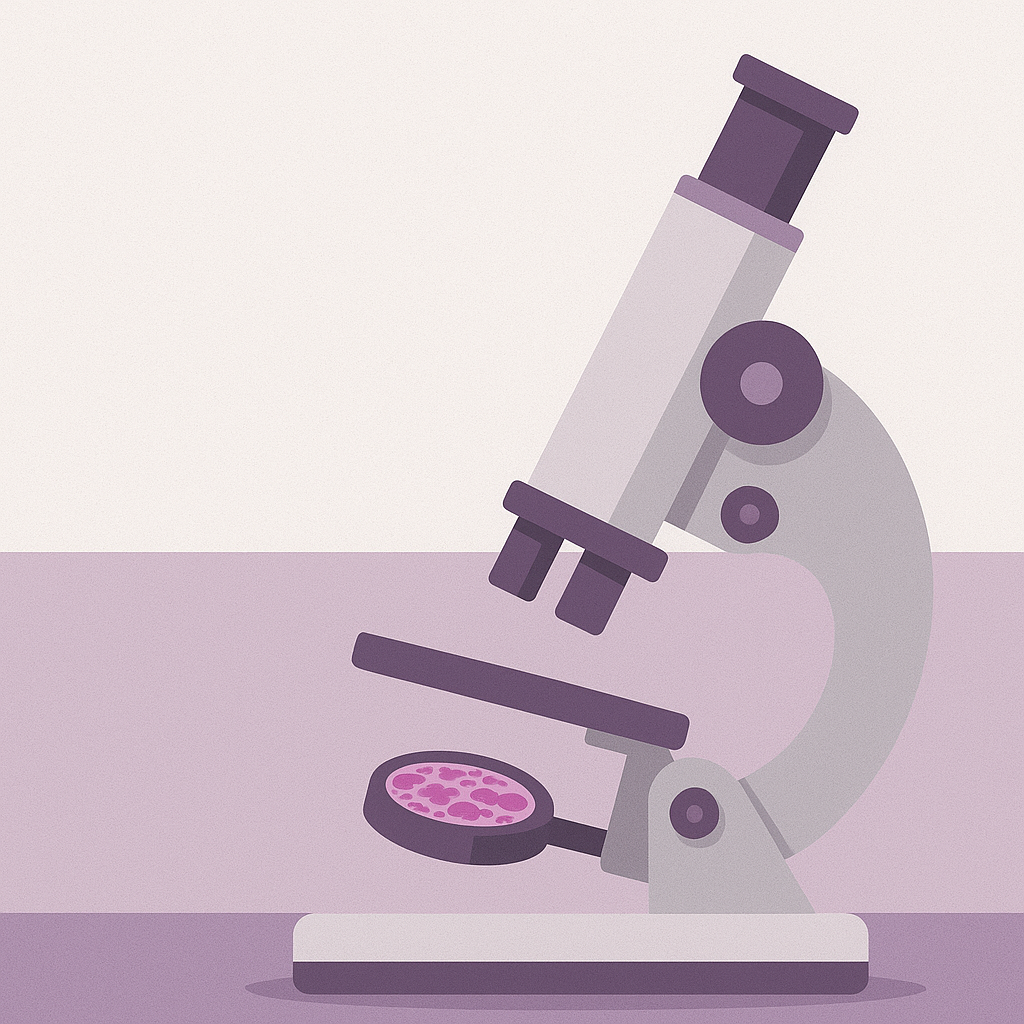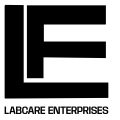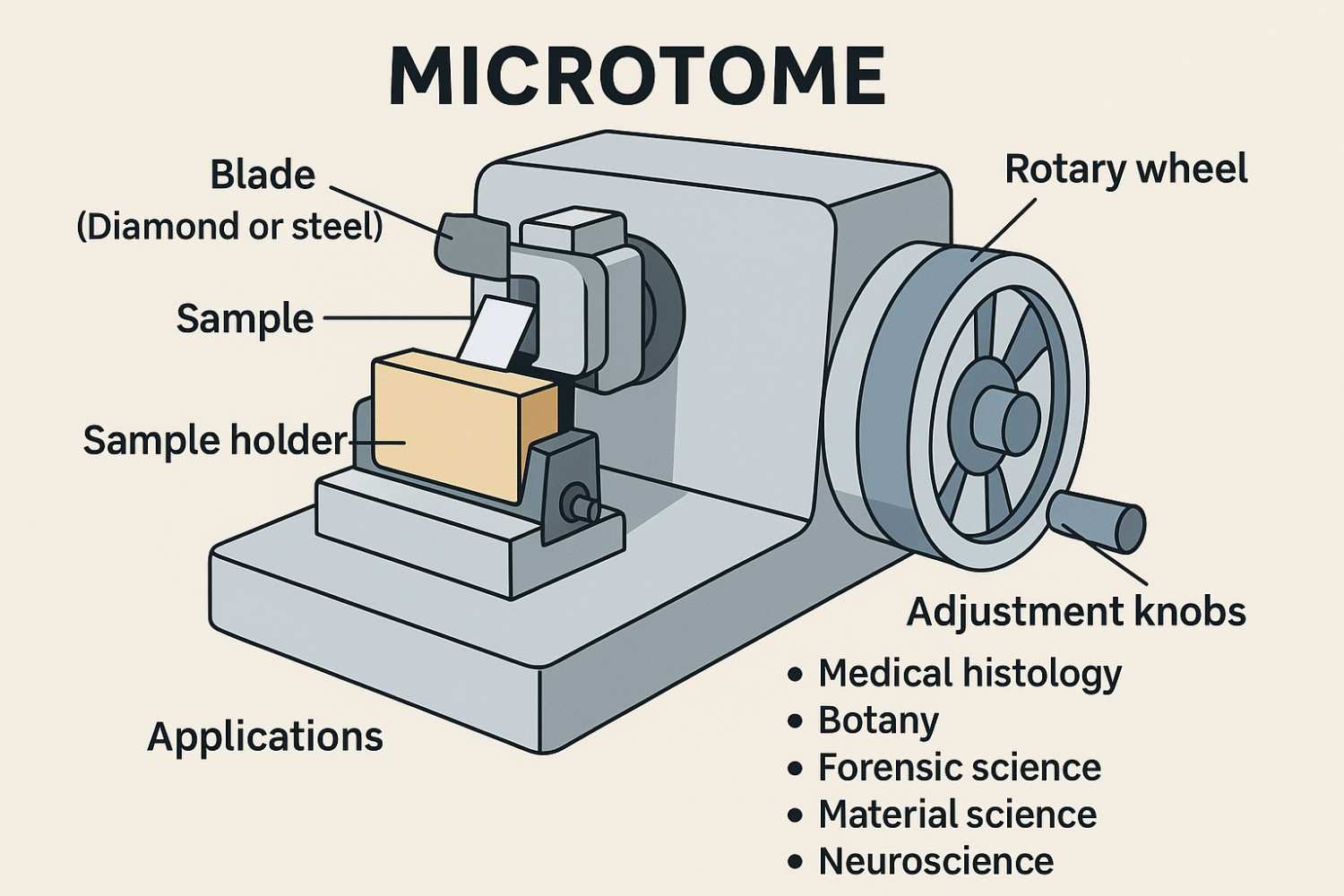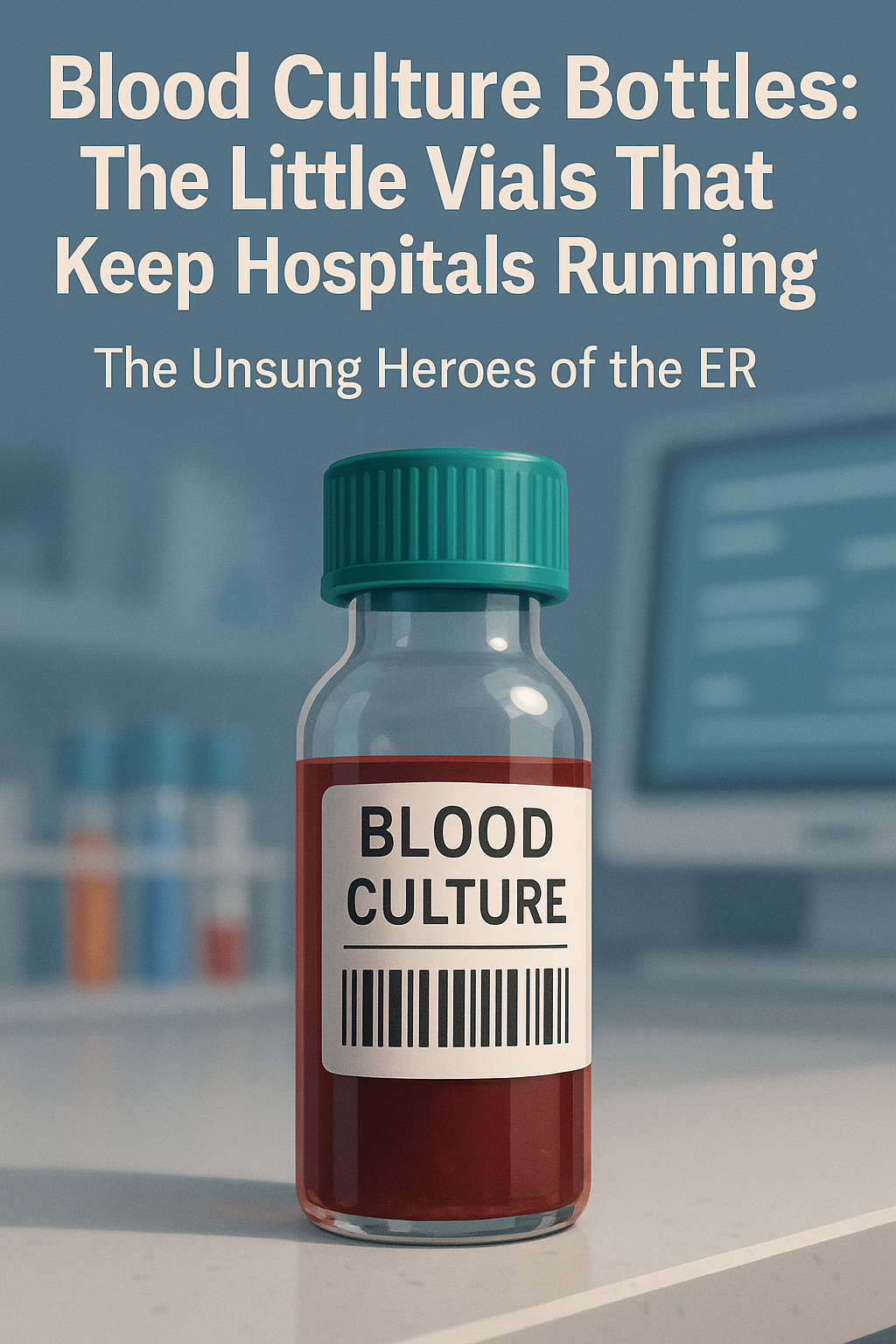
Have you ever visited a hospital lab and looked at colourless slides under a microscope? If you have even a passing interest in pathology or histology, you may have heard of PAS stain. But what is PAS stain and why is it so important? Let’s understand everything in simple words – what is it, how does it work and why is it important in every lab.
So take a cup of tea and sit down and read this guide!
What is PAS Stain?
The full form of PAS is Periodic Acid-Schiff stain. This is a special type of stain that highlights certain things inside the tissue – such as glycogen, mucin, and the cell walls of some fungi. When PAS stain is applied, carbohydrate-rich parts turn a bright magenta (pink) color. Everything else fades into the background, and important things come into the spotlight.
P stain is effective in detecting diseases in which carbohydrate metabolism is impaired – such as fungal infections, some cancers, or metabolic disorders.
A Little History
This technique was developed by two scientists – Hotchkiss and McManus – in the 1940s. Carbohydrates are oxidized by periodic acid, then react with Schiff’s reagent and appear pink in color. From then to today, PAS stain has become the favorite of every lab – dependable and effective.
What Makes PAS Stain So Important?
Every stain is useful, but the level of P stain is different. The reason for this is simple – it works on almost every tissue: liver, kidney, lungs, skin – everything. Plus, it is very sensitive, meaning it can detect even the smallest abnormality.
Speed and accuracy are most important in hospital labs. With P stain, the pathologist can make a quick and correct diagnosis. This means the patient gets timely treatment – and life is saved.
A Real-Life Example
Once a patient came who suspected fungal infection. The rest of the tests were not giving any clear result. When P stain was applied on the tissue sample – very clearly magenta fungal cells were seen. At that moment it was realized that this tool is not just a stain, it is also a life saver.
How Does PAS Stain Work?
It won’t get too technical, but it is important to understand:
- Oxidation – First the tissue is treated with periodic acid, carbohydrates oxidize to form aldehydes.
- Color Reaction – Schiff’s reagent is applied, and the reaction gives a pink color.
- Counterstaining – Hematoxylin stains the nuclei blue, and the contrast is clearly visible.
Result? A great slide in which the important things appear pink, and everything else is neat and clean.
Advantages of PAS Stain
- Versatile – Works on every tissue.
- Sensitive – Does not miss even the smallest things.
- Reliable – used in standard hospital laboratories.
- Simple – Does not require too high-end setup.
- Cost-Effective – Lab does not have to pay much cost.
Expert Tips – If You Are Using PAS Stain:
- Always use fresh reagents – Old reagent weakens the color.
- Control the timing – If oxidation takes too long then background staining occurs.
- Maintain room temperature – Extra heat causes reaction to become different.
- Prepare tissue section properly – It is important to remove paraffin and hydrate it.
- Do not forget to apply positive control slide – like liver tissue, it is known that stain will work.
Common Mistakes
- Over-oxidation – Non-specific background is formed.
- Under-washing – Residue of reagent remains on slide.
- Old Schiff’s reagent – Weak or uneven staining occurs.
Solution to all these: a little patience and practice.
PAS Stain in Hospital Lab Workflows
- To check glomerular membranes in kidney biopsies.
- To detect liver diseases like glycogen storage or alpha-1 antitrypsin deficiency.
- Fungal infections when other stains fail.
- Often P stain gives a clear picture along with H&E stain.
Future Trends – New Era of PAS Stain
- Automation – Staining by machines is becoming fast and consistent.
- Digital Pathology – It is becoming easy to get a diagnosis by AI or remote pathologists by scanning the slides.
Conclusion
Finally, PAS stain is not a normal dye – it is a powerful diagnostic tool of a lab. Whether it is fungal infection or metabolic issue, PAS stain gives a clear picture. If you are working in a lab, it is definitely worth becoming an expert in this technique.
If you have used PAS stain or have any experience, please share. And if you liked this guide, check out our other lab technique blogs too!




